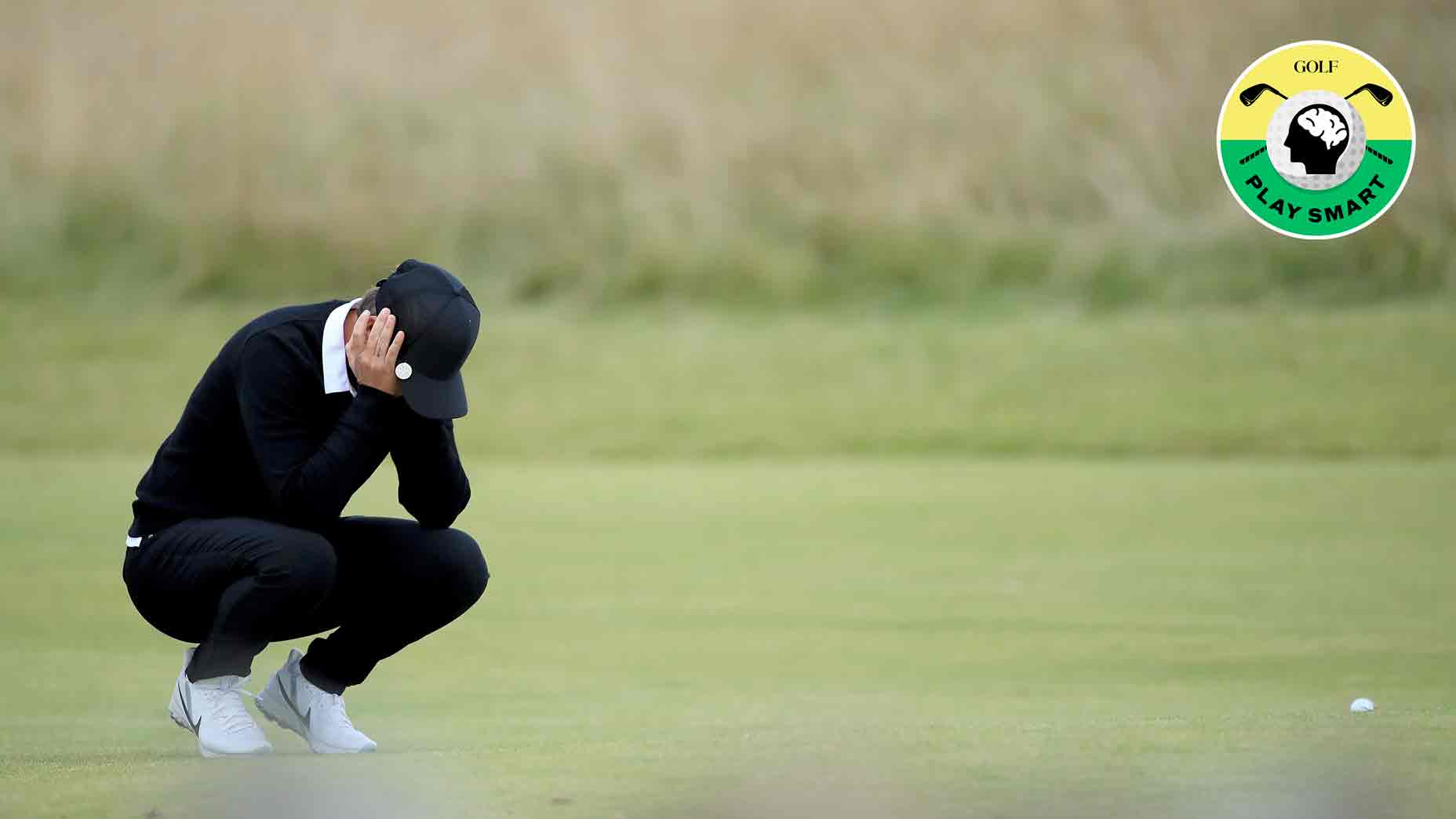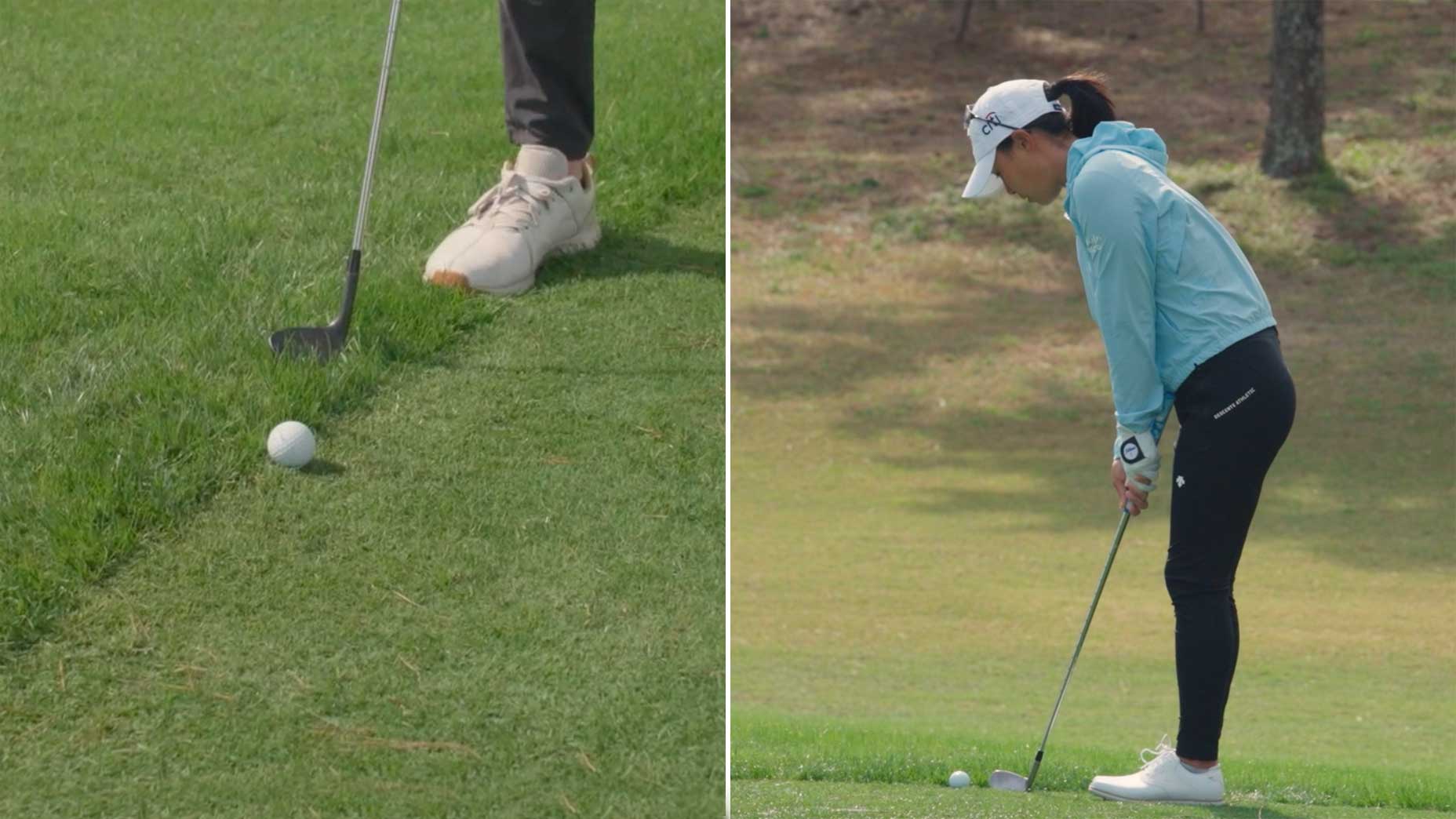
Does slow play really impact your mental game? GOLF’s Top 100 Teachers reveal their thoughts.
Getty Images
As the conversation about slow play in golf continues, it’s led many players to wonder how pace-of-play impacts their overall scores.
Does a faster player see more success than a slower player? Are there general rules or guidelines that should be universally adopted for players on all levels? What can the PGA Tour do to find the happy medium for both players and fans?
In major league baseball, the league addressed a similar issue related to slow play. The result? Implementing a pitch clock to help the game flow better.
Would golf do something similar? Does the sport need to, or is the cry for quicker play just a current topic that will fade away in the coming months or years?
While nobody knows the answer, one way golfers can decide for themselves is with information.
So I reached out to a few GOLF Top 100 Teachers to get their take on the discussion about slow play, and to hear their thoughts on how a golfer can try to take control of their mental game. Take a look below at their replies.
How can someone politely ask a playing partner to speed up his or her game?
Tina Tombs, Founder and President of Tina Tombs Golf (Arizona Biltmore Golf Club): “I don’t think there’s an easy way to ask someone to speed up his or her game during the round. However, after the round, maybe that’s the best time to offer a kind gesture of your thoughts to speed up play.
“A few ideas could be to suggest that the slower player anticipate the next shot and have the clubs in-hand and ready, or to carry all their possible club options with them to the next shot. Other pieces of advice could be for them to start their routine while other players are executing their shots; which involves reading yardages, with a club in-hand. This will speed them up to hit when it’s their turn.”
Steve Bosdosh, Founder of Steve Bosdosh Golf Academy (PB Dye Golf Club): “It’s a very touchy subject. I tend to go with something like, ‘We are falling behind due to slow play, and we need to catch up to the group in front.’
“This way, I’m not singling out any one player in my group, and, when I use the term ‘we‘, it includes myself. You do have to finish the round with your playing partners, and you don’t want it to be too uncomfortable. Players tend to get the idea quickly.”
What mental exercises can a player do when there’s longer-than-normal time between shots?
Tombs: “Just be grateful for your environment and surroundings. Watch and listen to the birds, listen to the sounds, maybe sit on your bag and close your eyes; just enjoying the moment and breathing. Stay present to help yourself relax and be ready for your shot.”
Bosdosh: “You really have to talk to yourself and say things like ‘focus only on what you can control.’ Discipline yourself to stay away from distractions or bad shots because of slow play. Most people never find out how good they are because they play golf worrying about bad shots or failure.”
Are there any suggestions to help slower players speed up their routine?
Tombs: “Slow players generally have slow routines because they do all of their preparations over the ball. A good pre-shot routine doesn’t hover over the ball and figure out the grip, posture, ball position, or club face. In fact, most of the important fundamentals are preset before a player walks to a shot.
“I teach a 1, 2, 3 step routine. It’s very efficient at increasing the speed of play, while also helping breed confidence!”
Bosdosh: “Stand behind the ball, visualize the start line, walk in, be athletic, and let it go! This takes a huge leap of faith, but you will be surprised. The majority of my students simply think too much, and try too hard. You have to try hard to ‘avoid trying so hard’!”
Gale Peterson, Elite Instructor (Sea Island Golf Club): “Go to the first tee with two golf balls, tees, and a ball marker in your pocket, which will prevent you from rooting around your bag on the first tee. Next, be ready to walk into the shot and play when it is your turn. Stop talking when it’s your time to play; you can always finish the conversation after you hit the shot. Finally, after hitting your shot, hop in the cart with the club you just used, and be sure to put that club away when you arrive to your ball for the next shot.”
If you find yourself being the slower-than-normal player in the group, how can you mentally maintain your composure if feeling pressed?
Bosdosh: “Again, talk to yourself, reinforcing positivity. Try to make swings without fear of the outcome. Also, it’s very wise to tell yourself to learn something positive from the round, and to try and make yourself feel a little better for the next time you play.”
Peterson: “The time to hurry is in between shots, which welcomes a faster pace. Players often fall behind when they rush during a shot, because they end up hitting poorly.”
Real life scenario: I’ve got an eagle putt, but one of my playing partners is struggling to reach the green — do I hit, or wait until everyone’s around the putting surface?
Tombs: “I always wait. Golf is etiquette first!”
Bosdosh: “I have to wait! I don’t want any distractions in the back of my mind while I’m going through my eagle putt process. How your partner is playing is out of your control, so be helpful to him, but, when it’s your turn to putt, focus!”
Lastly, what mental methods do you recommend for players to keep their concentration when playing a slower-than-usual round?
Tombs: “Try to breathe and stay in the present. Practice and rehearse this exercise during your practice routines on the range, or in the evening and morning before each round. A good routine keeps the player in the present, so when it’s their turn to execute their shot, they are ready.
“The goal is to get your mind to a fun and relaxed state; which will help play fast and efficiently. Between shots, take your mind elsewhere. Maybe think of your favorite place to be, like the beach, and have fun while you wait.”
Bosdosh: “I love doing various stretches with clubs, and doing different exercises using the golf cart. This creates different feels of what I’m trying to do with my swing, and helps keep me loose. I’m trying to use the slow play time to get better.”
Dr. Morris Pickens, Sea Island Golf Performance Center Sports Psychologist and Performance Enhancement Specialist: “Learn to relax better. One of the ways you can do this is by not having a club in your hand if you know there will be a substantial wait. If you don’t have a club in your hand, you interpret this time as relaxing with friends. If you do have a club in your hand, you interpret it as waiting.
“The more you learn how to relax, the higher your concentration can be over the ball — which is when you need it most. If you spend all day thinking in between shots, when you should be relaxing, you don’t have the mental energy to concentrate when you come down the stretch at the end of a long day.”









